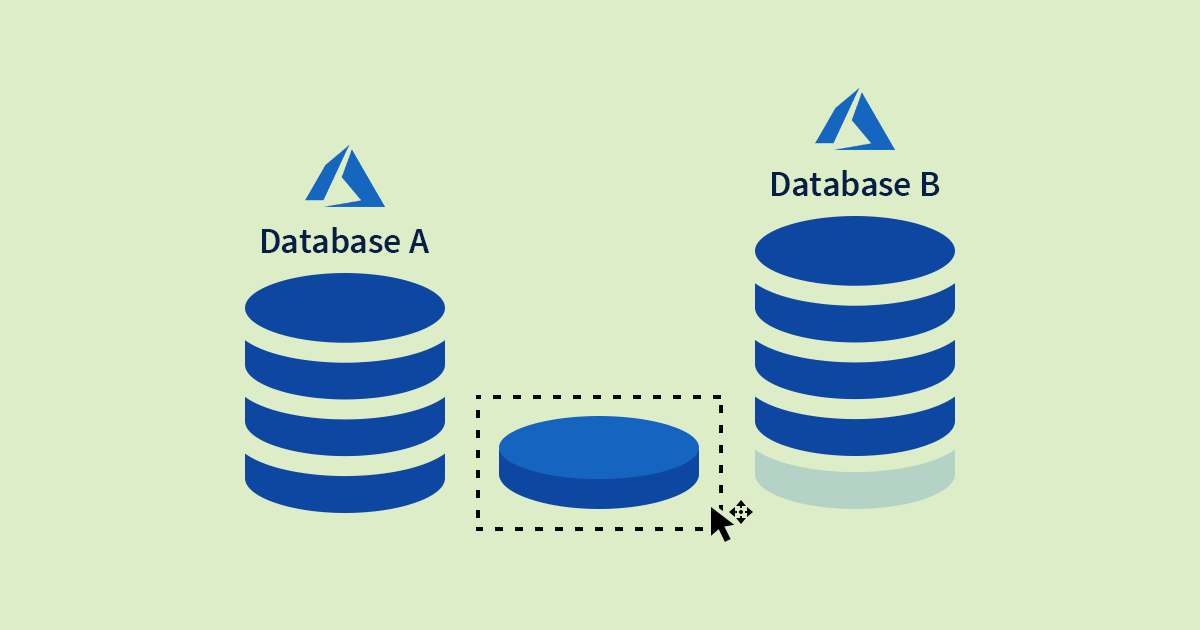Journey to the Cloud: Exploring Azure's DB Migration Service
 Sumit Mondal
Sumit Mondal
In the ever-evolving landscape of technology, businesses are constantly seeking ways to enhance their operations, improve efficiency, and reduce costs. Cloud computing has emerged as a game-changer, offering scalable solutions to meet these demands. Among the leading cloud service providers, Microsoft Azure stands out with its comprehensive suite of tools and services. One such tool that has proven instrumental in facilitating the seamless transition of databases to the cloud is the Azure Database Migration Service.
Unleashing the Power of Azure's DB Migration Service
Database migration can be a daunting task, often fraught with challenges such as downtime, data loss, and compatibility issues. Azure's DB Migration Service is designed to alleviate these concerns by providing a robust and streamlined solution for migrating on-premises databases to Azure. This service supports a wide range of database engines, including SQL Server, MySQL, PostgreSQL, and MongoDB, making it versatile enough to accommodate diverse business needs.
Key Features of Azure DB Migration Service:
Zero Downtime Migration: One of the standout features of Azure DB Migration Service is its ability to execute migrations with minimal to zero downtime. This is achieved through a combination of pre-migration assessments, schema conversion, and continuous data replication during the migration process. The result is a smooth transition without disrupting critical business operations.
Automated Assessment and Validation: Before embarking on the migration journey, Azure DB Migration Service performs a thorough assessment of the source database to identify potential issues and provide recommendations. This automated validation ensures that the migration process is well-informed, reducing the likelihood of post-migration complications.
Heterogeneous Database Support: Azure DB Migration Service supports heterogeneous migrations, allowing businesses to migrate from different source database engines to Azure. Whether you're moving from SQL Server to Azure SQL Database or from MySQL to Azure Database for MySQL, the service streamlines the process, promoting interoperability.
Monitoring and Reporting: Monitoring the migration process is crucial for ensuring its success. Azure DB Migration Service provides real-time insights into the migration progress, allowing users to track key metrics, identify bottlenecks, and troubleshoot issues promptly. Comprehensive reporting features offer a detailed overview of the migration's success and any potential concerns.
Hands-On Example: Migrating a SQL Server Database to Azure SQL Database
Let's delve into a hands-on example to illustrate the simplicity and efficiency of Azure's DB Migration Service. In this scenario, we'll migrate a sample SQL Server database to Azure SQL Database.
Prerequisites:
Azure subscription
SQL Server Management Studio (SSMS)
Azure SQL Database instance
Step 1: Assess the Source Database
Before initiating the migration, run an assessment on the source SQL Server database using Azure's Data Migration Assistant. This tool will identify any compatibility issues and provide recommendations.
Step 2: Create a Migration Project
Using the Azure Portal, create a new migration project and specify the source and target database details. This involves selecting the source database engine (SQL Server), connection details, and choosing the target Azure SQL Database.
Step 3: Perform Schema and Data Migration
Azure DB Migration Service will automatically convert the schema and migrate the data from the source SQL Server database to Azure SQL Database. This process is incremental, ensuring that data changes during migration are captured and applied to the target database.
Step 4: Monitor the Migration
Throughout the migration process, utilize Azure Portal's monitoring tools to track the progress. Monitor key metrics such as data replication latency, error rates, and overall migration completion percentage.
Step 5: Validate and Optimize
Once the migration is complete, perform thorough validation to ensure data integrity and application functionality. Optimize the Azure SQL Database settings based on performance metrics to achieve optimal results.
Conclusion: Embracing the Future of Database Migration
Azure's DB Migration Service exemplifies Microsoft's commitment to simplifying complex processes and empowering businesses to embrace the cloud with confidence. As organizations navigate the digital transformation landscape, having a reliable and efficient database migration tool becomes paramount. The hands-on example provided demonstrates the user-friendly nature of Azure DB Migration Service, making it accessible to both seasoned database administrators and those new to cloud migration.
In conclusion, Azure's DB Migration Service is a beacon for businesses seeking a seamless transition to the cloud. By combining automation, real-time monitoring, and support for heterogeneous migrations, this service sets the stage for a successful and painless migration journey. As we stand at the intersection of innovation and pragmatism, Azure's DB Migration Service beckons enterprises to embark on a transformative journey toward a more agile, scalable, and resilient future in the cloud.
Subscribe to my newsletter
Read articles from Sumit Mondal directly inside your inbox. Subscribe to the newsletter, and don't miss out.
Written by

Sumit Mondal
Sumit Mondal
Hello Hashnode Community! I'm Sumit Mondal, your friendly neighborhood DevOps Engineer on a mission to elevate the world of software development and operations! Join me on Hashnode, and let's code, deploy, and innovate our way to success! Together, we'll shape the future of DevOps one commit at a time. #DevOps #Automation #ContinuousDelivery #HashnodeHero